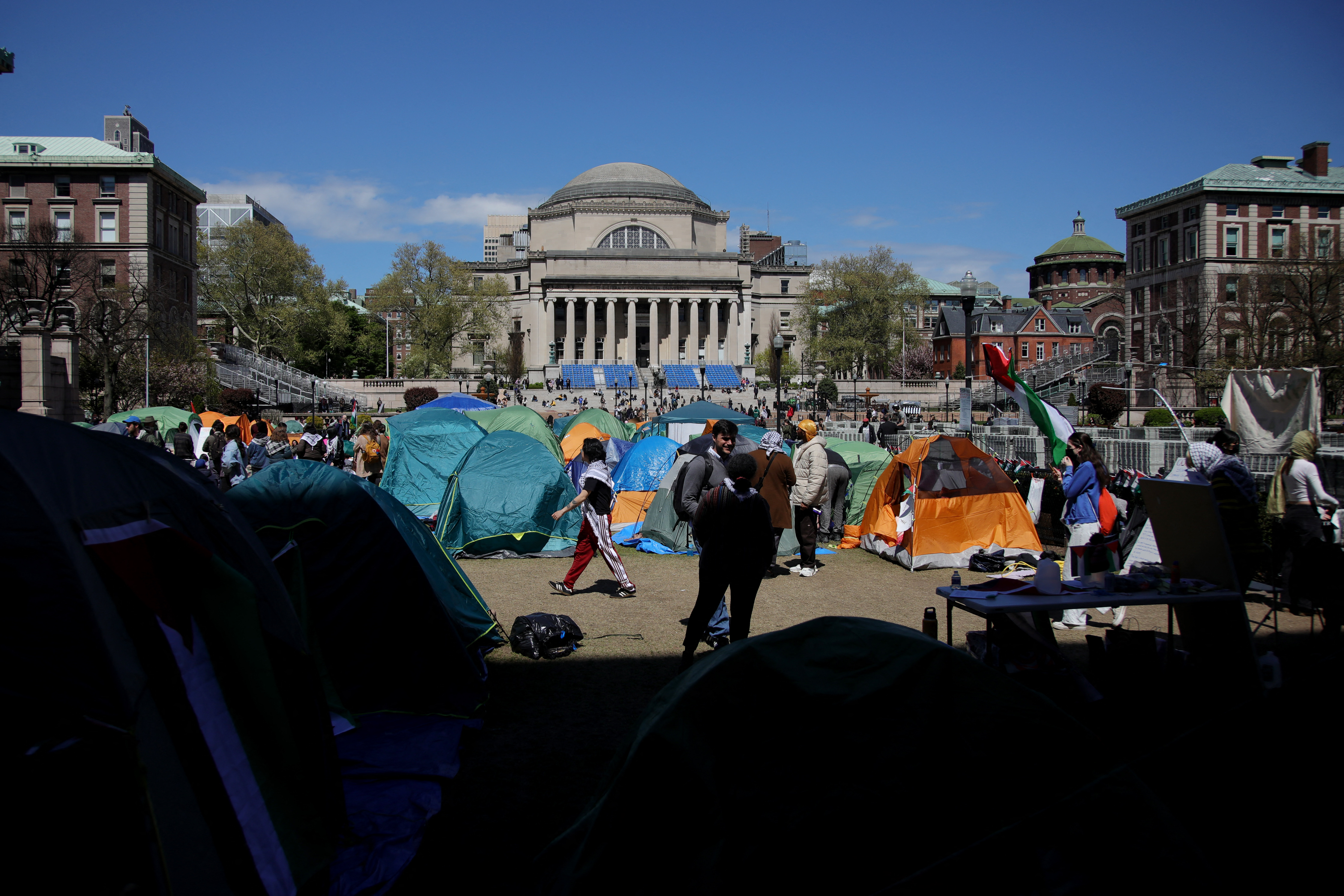The Pilgrims could have celebrated the first Thanksgiving with the local Native Americans here in New York instead of Massachusetts -- if it hadn’t been for some stormy weather and bad navigation.
The Pilgrims weren’t trying to get to Massachusetts when they landed at Plymouth Rock. They were trying to establish a settlement at the mouth of the Hudson River in New York. But rough seas thwarted their plan -- and they wound up on Cape Cod and began construction of their buildings on Christmas Day, 1620.
It was not the last famous wrong turn in New York history. In 1938, Douglas Corrigan, a pilot, made an epic mistake. He was supposed to be flying from New York to California and wound up in Ireland. He earned the nickname “Wrong Way Corrigan” -- and, although some people thought it was a hoax, Corrigan turned into an American legend. It was during the Great Depression and Americans needed the diversion.
So the Pilgrims, New York and Wrong Way Corrigan all have something in common.
As for Thanksgiving, people in the New York metropolis and all Americans should appreciate the history of this great family event.
Only half of the original passengers on the Mayflower survived the first difficult winter. A Native American named Squanto, a member of the Pawtuxet tribe, taught the Pilgrims how to cultivate corn, catch fish in the rivers and avoid poisonous plants.
In November 1621, after the first corn harvest, Gov. William Bradford organized a feast to celebrate the success of this crop. It’s remembered sentimentally now as “the first Thanksgiving.” According to the History Channel, the second Thanksgiving celebration was held in 1623 to celebrate the end of a long drought. Bradford wanted there to be a religious fast.
Local
In 1789, George Washington issued the first Thanksgiving proclamation by the national government. He urged Americans to express thanks for victory in the war of independence and the ratification of the Constitution. President John Adams and James Madison also proclaimed days of thanks during their presidencies.
In 1863, in the depths of the Civil War, President Lincoln, in a proclamation, asked God to “commend to his tender care all those who have become widows, orphans, mourners or sufferers in the lamentable civil strife” and to “heal the wounds of the nation.”
In 1920, Macy’s staged the first Thanksgiving Day Christmas Parade with floats, bands and animals from the Central Park Zoo.
Undoubtedly, religion was an important aspect of the early Thanksgiving celebrations. But, while Washington, John Adams and Madison hailed Thanksgiving as a way to express gratitude to God, Thomas Jefferson, our third president, definitely did not. In response to a minister’s suggestion that he proclaim a national day of fasting and prayer, Jefferson said: “I consider the government of the United States as interdicted by the Constitution from intermeddling with religious institutions, their doctrines, discipline or exercise… civil powers alone have been given to the President of the United States and no authority to direct the religious exercises of his constituents.”
Jefferson was a stickler for separation of church and state. Washington felt otherwise. In his Thanksgiving Day Proclamation in 1789, he recommended that Thursday, Nov. 26 of that year be devoted “to the service of that great and glorious Being, who is the beneficent Author of all the good that was, that is, or that will be -- that we may then all unite in rendering unto him our sincere and humble thanks…”
As for the other part of Thanksgiving -- the feast -- in the beginning there was no mention of turkey in the 1621 celebration. Venison was big in the early years. There probably was some seasonal fowl, one writer says, and there was lobster and a variety of fish.
Back in 1779, Juliana Smith gave this menu to her cousin Betsey: “Haunch of venison, roast chine of pork, roast turkey, pigeon pasties, roast goose, onions in cream cauliflower squash, potatoes, raw celery, mincemeat pie, pumpkin pie, apple pie, Indian pudding, plum pudding, cider.”
So, by then, the food was clearly growing in importance. Religion and politics may have played a part in Thanksgiving history. And there were clearly some differences of opinion among the founding fathers. But the centerpiece throughout our history has been family. This was -- and is -- a holiday that brings families together.
Forgive me for going all over the lot, but it really is a fascinating subject. For those of us fortunate to celebrate Thanksgiving together, we can give thanks for family and dear friends.



